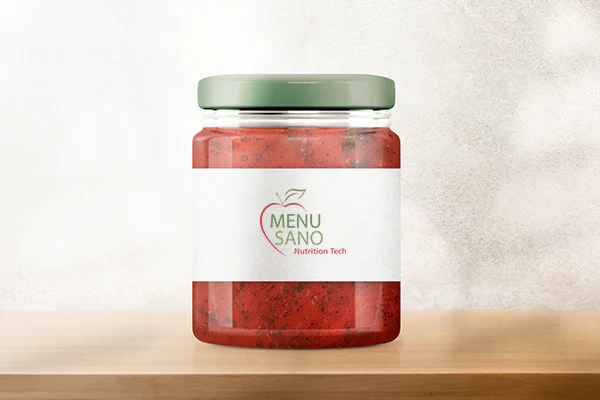Food packaging in the United States comes in all shapes and sizes, each presenting a unique challenge for food manufacturers when it comes to nutrition facts labels. The Food and Drug Administration (FDA) and the US Department of Agriculture set the guidelines for these labels, specifying the necessary nutrients and their formatting. However, the one-size-fits-all approach to nutrition labels needs to be more practical. This blog explores the need for various label formats and the importance of navigating food labelling guidelines for different package sizes.
The Diversity of Packaging
Food manufacturers face a dilemma when it comes to packaging. Sometimes, the standard Nutrition Facts label doesn’t appropriately fit the product’s packaging. In other cases, the product may require additional ingredient information or have multiple servings within the same package. To address these issues, the FDA has established several labelling formats to adapt the size and shape of the Nutrition Facts panel for various packages and servings.
- Single Serving Label Formats
For foods or beverages packaged as single servings, the standard label is typically used for most packaged items. However, when the packaging is too small for the standard label, alternatives are available. These include tabular or linear labels. Irrespective of the format chosen, the values should reflect the complete contents of the package.
Read more: Why Do You Need to Display Nutrition Information on Food Labels?
- Standard Vertical Label:
- The most common label format.
- Recommended by the FDA for most packaged items.
- Used unless the package has less than 40 square inches of vertical space or contains multiple servings.
- Tabular or Horizontal Nutrition Facts Label:
- Recommended for packaging with limited vertical space (less than 3 inches) or total surface area (less than 40 square inches).
- Maintains essential elements found in the standard label.
- Linear Nutrition Facts Label:
- Allowed when packaging cannot accommodate the standard or horizontal label.
- Commonly seen on smaller, individually packaged items.
- Allows for some omissions and abbreviations while retaining vital information.
- Aggregate Labels for Different Varieties or Flavors
When a food or beverage product comes in various flavours or varieties, the nutrition information for each must be listed. For instance, a large cereal box may contain multiple bagged types with distinct nutritional profiles. An aggregate label is used in such cases, with each item’s information displayed in separate columns.
Read more: Nutrition Analysis for Cannabis Edibles
- Combination Foods and Multi-Serving Labels
Some packaged foods require additional ingredients or consist of multiple servings. In these instances, a dual-column format is used. One column displays information about the product as packaged, while the other details the product as prepared or commonly eaten.
- Dual Column Format for Multiple Forms of Food:
Used when a food item requires further preparation or is typically prepared with another food, such as cereal with milk.
- Dual Column for Multiple Serving Sizes:
Mandatory when a package contains between 200 to 300 % of the Reference Amounts Customarily Consumed (RACC).
Read more: Meal Kit Delivery Services on the Rise

Food Labeling with MenuSano
Navigating FDA labelling guidelines can be a complex process. Failing to adhere to these guidelines can result in an FDA Warning Letter or even a costly product recall. However, there are solutions that can streamline the label-creation process and ensure compliance. MenuSano’s Nutrition Labeling Software is a prime example of such a solution. It offers the necessary guardrails to help food manufacturers confidently navigate the intricate world of nutrition labelling.
Adhering to food labelling standards is crucial for consumer trust and regulatory compliance. The diverse world of food packaging necessitates a flexible approach to nutrition labels, and the FDA has provided various formats to accommodate these needs. By using these labelling formats and leveraging technology, food manufacturers can provide consumers with accurate, informative, and compliant nutrition facts labels, regardless of the package size. In an era where consumers demand transparency, these measures are essential for success in the food industry.
Don’t wait to enhance your food product labelling. Request a demo of MenuSano’s Nutrition Labeling Software today and take the first step toward providing your customers with precise and compliant nutrition information.



















